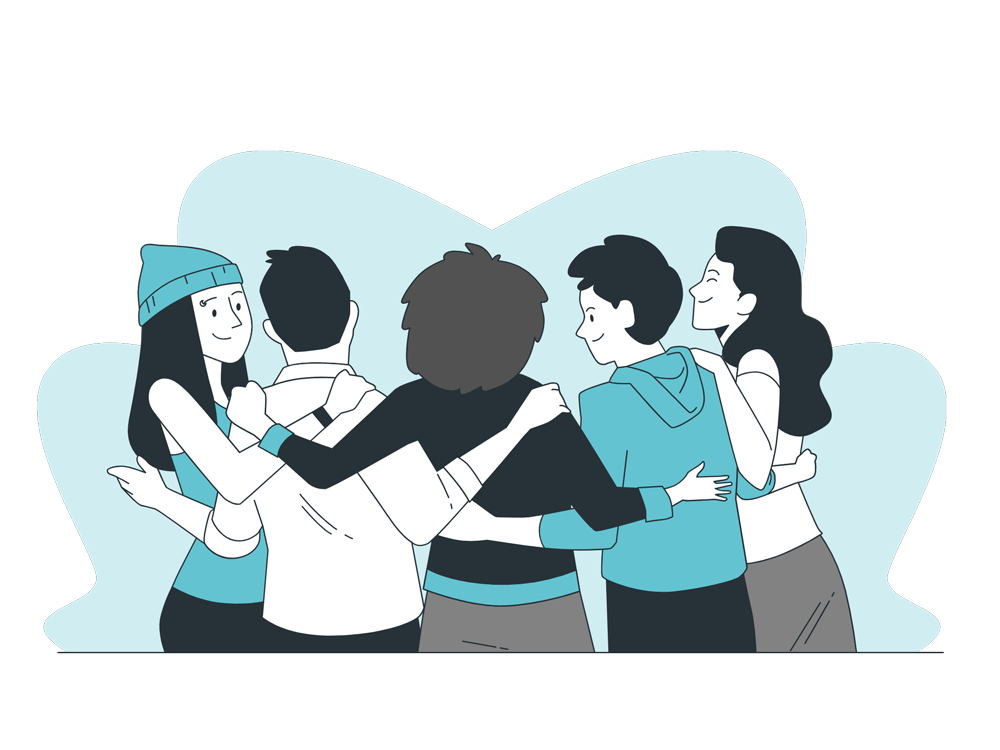Guidelines
Field Observation
Field Observation phases
![]()
Time: 2-3 days
Study Design
Planning & Recruiting
- Write a brief User Research Plan and share with main stakeholders
- Sampling, recruiting and screening your participants, define your best research location
- Contact important stakeholders for contacts in the field to help you get started in the field
![]()
Time: How long does the process you want to observe take? How often does it occur?
Field Stay
- Introduction & relationship building (if necessary, obtain consent for data collection & processing)
- Take notes on main events & record conversations
- Say goodbye/outlook on follow up
![]()
Time: 2 days
Analysis
- Use qualitative data analysis methods
- Triangulation with other data
- Summarize main findings in research report and share with main stakeholders and research participants
Study Design
2-3 days
- Write a brief User Research Plan and share with main stakeholder
- Sampling, recruiting and screening your participants, define your best research location
- Contact important stakeholders for contacts in the field to help you get started in the field
Field Stay
How long does the process you want to observe take? How often does it occur?
- Introduction & relationship building (if necessary, obtain consent for data collection & processing)
- Take notes on main events & record conversations
- Say goodbye/outlook on follow up
Analysis
2 days
- Use qualitative data analysis methods
Triangulation with other data - Summarize main findings in research report and share with main stakeholders and research participants
Field Stay
There are different ways of collecting data depending on your research question and user research stage. Start with a topic rather than a specific question and try to understand it within the universe of your user. Be ready to see your assumptions falsified and learn a whole new perspective on the topic based on – your main question should be “why?”
Different Methods of Field Observation
Degree of involvement

Contextual Inquiry
To understand a specific problem/process with a smaller sample of users
Semi-structured interview method to obtain information about the context of use of a product or service. Users are first asked a set of standard questions and then observed and questioned while they perform a task in their own environments.
Participatory observation
To understand a specific problem/process from a groups point of view
Traditional ethnographic research method. Researcher joins the group and participates in group activities. Good for observing group activity
Shadowing
To gather information for a later, structured observational study
Researcher tries to observe a situation without any interaction in an naturalistic observation.
Analysis
Read here about data aggregation and interpretation – your research question should always guide you in choosing the right format, approach, and setting. We also tell you what to do with your research results.
Data Aggregation
After having gathered your observation and conversation notes, try to code them to understand the activities, environments, interactions, objects, and different users that you can find in the descriptions of your interview partner (AEIOU approach). We suggest a qualitative approach to coding.
AEIOU – things to be coded in interview transcripts
Activities
Image by Jeske van der Gevel
Environment
Image by Jeske van der Gevel
Interactions
Image by Emmanuel Zapata
Objects
Image by Charlotte Schumann
Users
Image by Melissa Bonilla
A Qualitative Coding Approach
Categorize notes
You work with your notes, carefully separated into observations and interpretations.
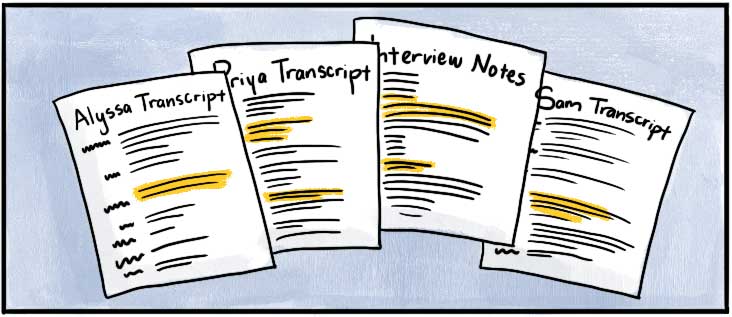
Image by Delve
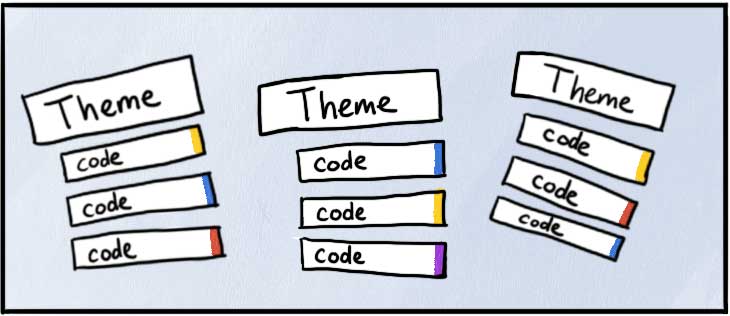
Image by Delve
Cluster notes
You can use Affinity Diagramming or Thematic Analysis to cluster statements in the notes into top-level categories first, then into sub-categories. Categories could be pain points, daily activities, or motivations.

Image by Delve
Code notes
During coding, it is helpful to look for things related to Activities, Environments, Interactions, Objects and Users (see above on AEIOU), but what you are looking for will heavily depend on what you aim at with your field work. E.g. if observing to gather insights for a User Journey, or Experience Map, pay attention to interactions and objects.
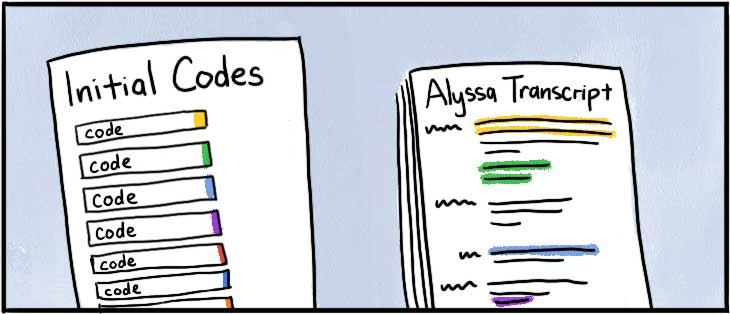
Image by Delve
How to use aggregated insights?
Your coded data from field observation can help you build:
User Personas
Create a profile of an idealized user containing quick notes on goals and motivations, needs, pain points etc.
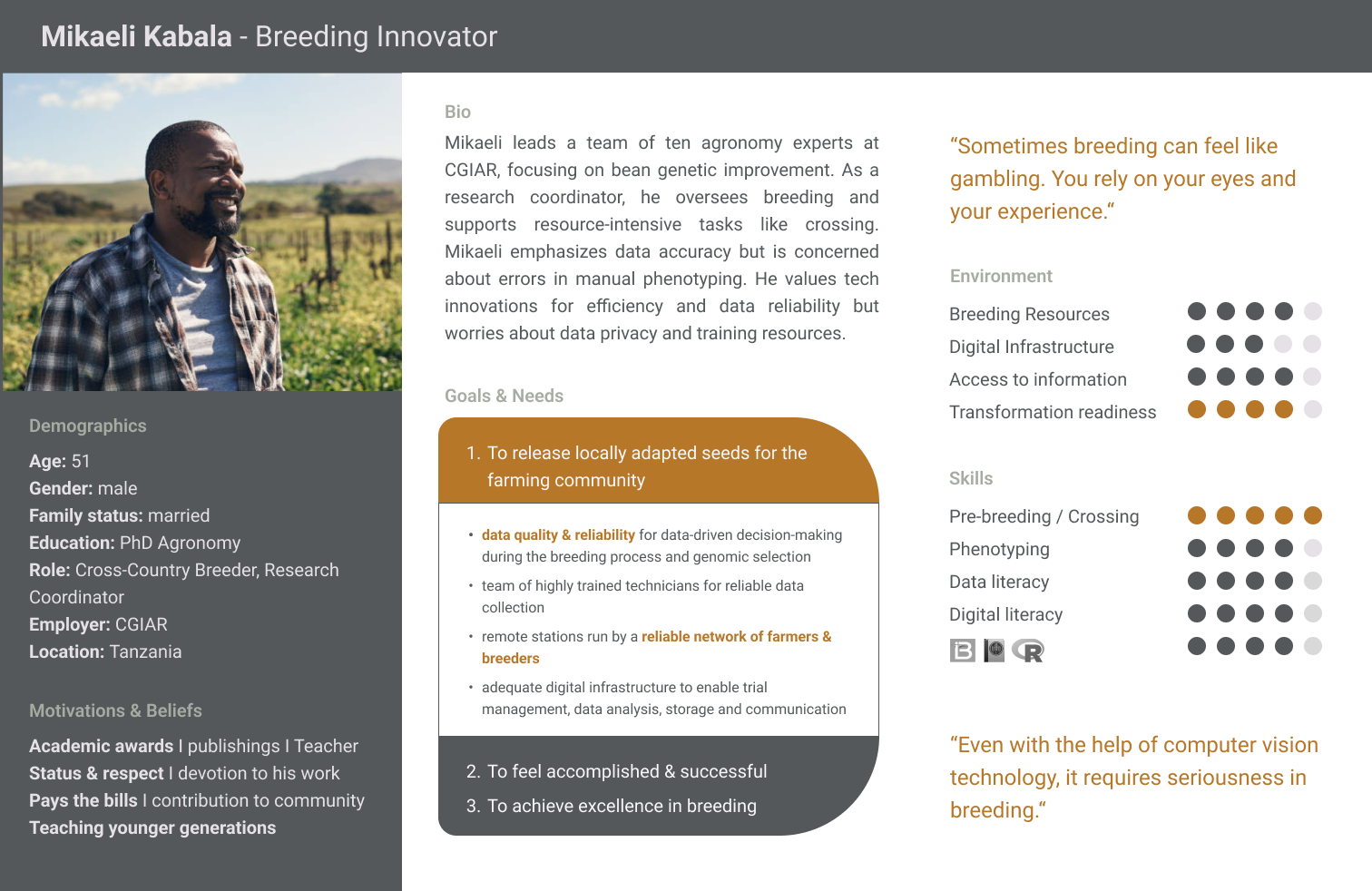
Source: Artemis, Digital Inclusion Initiative at the Alliance Bioversity and CIAT
Experience Maps
Use your insights to map how your future users currently solve the problem you are addressing with your innovation. Learn where to improve their experience.
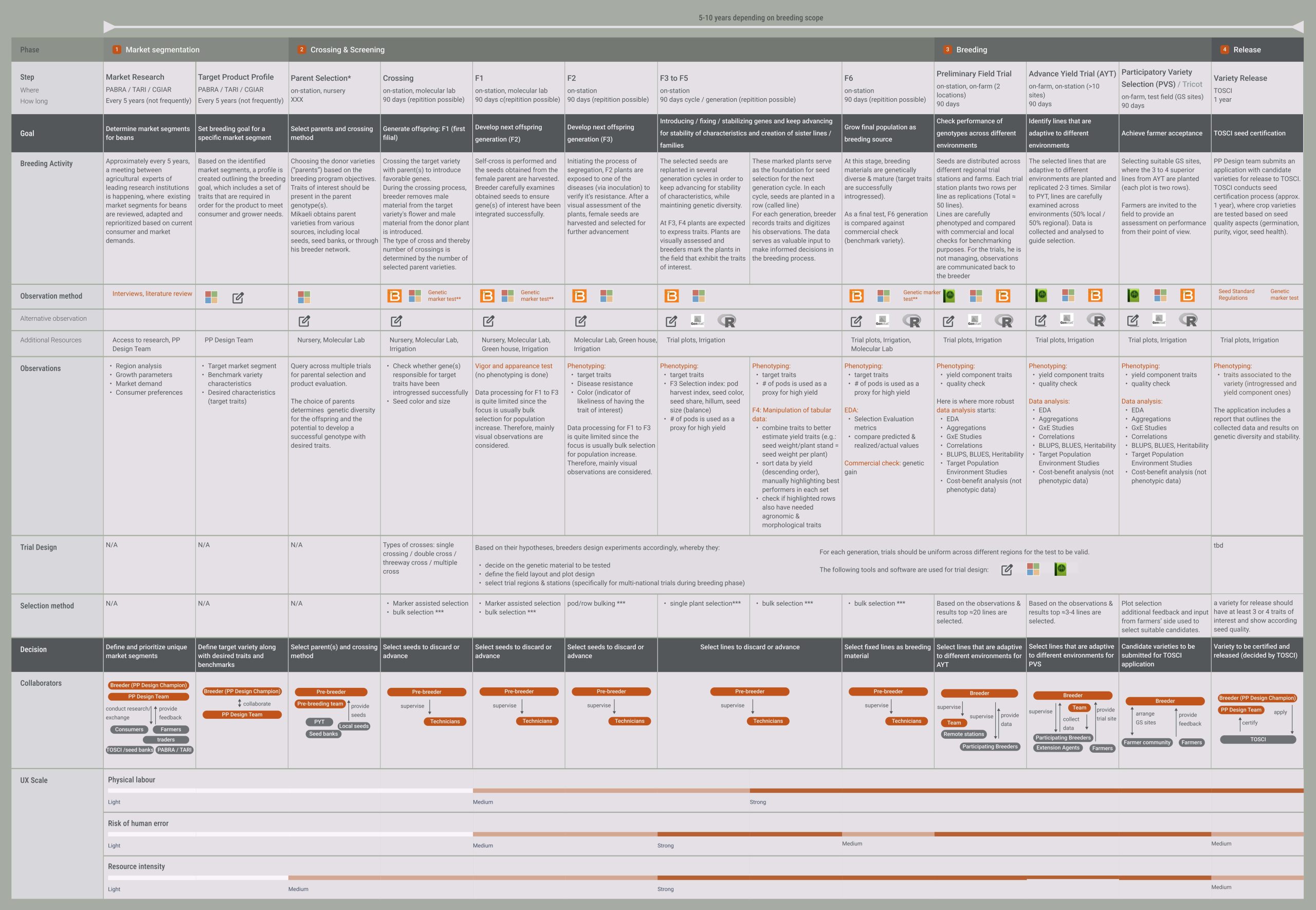
Source: Artemis, Digital Inclusion Initiative at the Alliance Bioversity and CIAT
User Journeys
Learn how your user perceives her or his journey throughout your product or service. What are his or her steps, feelings, touchpoints and pain points? How could you improve his journey for him or her?
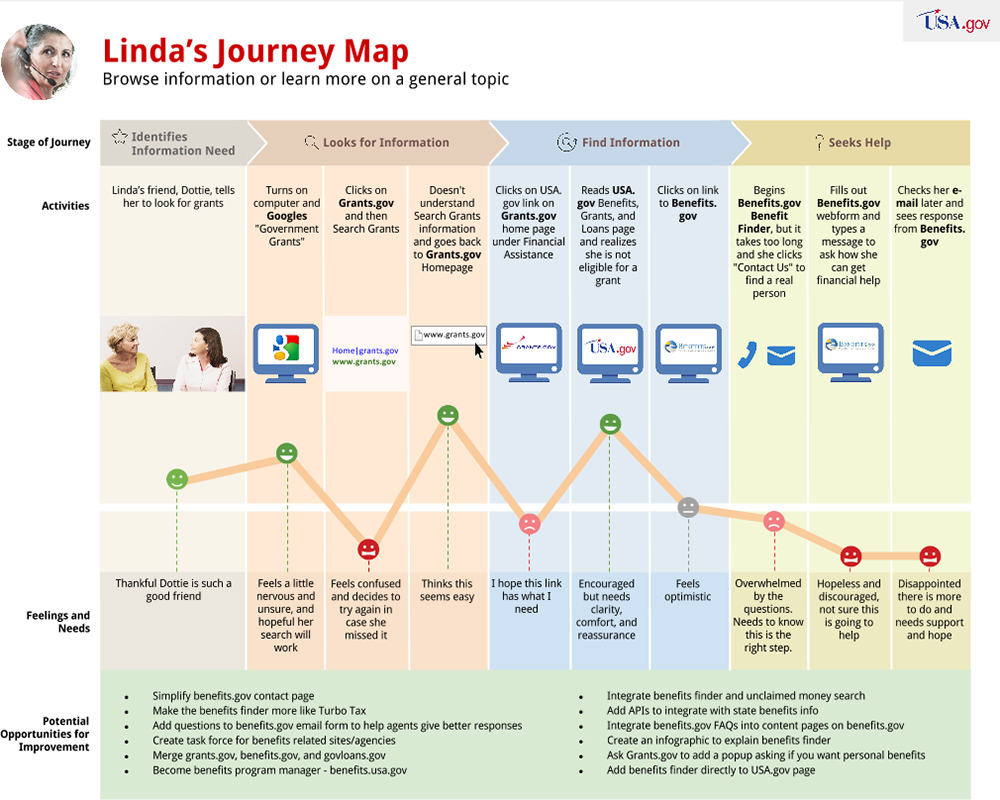
Source: NNGroup
Best Practices
Find here best practice examples with helpful tips and tricks.
Do’s and Don’ts
Do's
- Start with a topic rather than a specific question and try to understand it within the universe of your user.
- If possible, get an assistant for recruiting, scheduling, reminding, rewarding and briefing and translating participants
- Create an observation guide if working with field staff to guide them regarding points to take note of
- Try to be unobtrusive during the observation – save your questions for after the observation period
- Try to be objective – in your notes, separate observations from your comments and questions and gut reactions (the latter matter immensely)
- Try to be attentive to non-verbal clues: what gestures, actions, expressions can you identify that would represent thoughts or feelings? If you cannot make sense of them immediately, write them down for later consideration
Don'ts
- Don't rely on your memory, take notes or record/take photos to protocol activities. Don't record anything without getting consent from the recorded
- Don't interrupt processes or activities with your questions. Record and observe first, and then try to find someone that can answer your questions afterwards
Potential Bias To Be Aware Of
Find a detailed overview of potential biases with counter actions here.
Below a list of potential bias to be aware of when conducting Field Observation.

Confirmation Bias
People tend to give more weight to evidence that confirms their assumptions and to discount data and opinions that don’t support those assumptions.
False Consensus Bias
False consensus is the assumption that other people will think the same way as you. May lead to assuming own logic chains and preferences guide users as well.
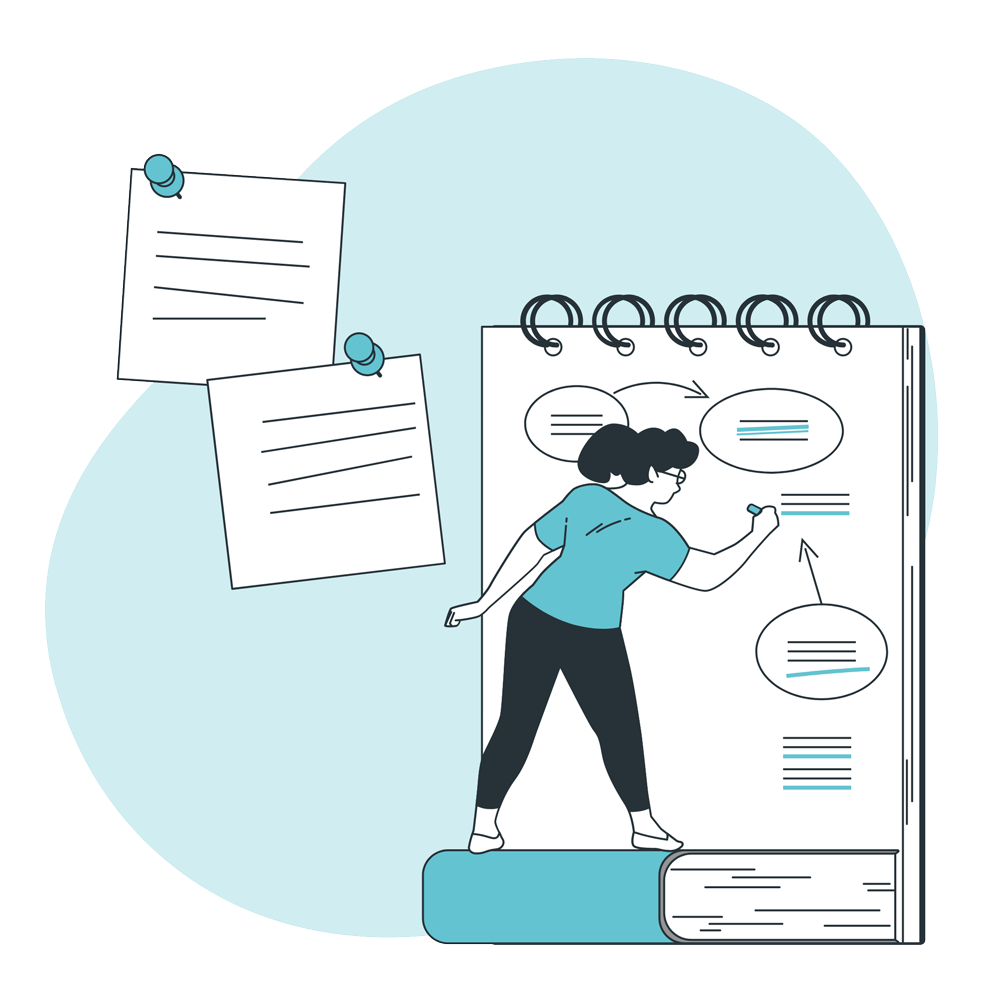
Clustering Illusion
Many UX beginners make false clusters when they analyze data and tend to see patterns even when there aren’t any. A small sample size makes it harder to understand whether the user behavior is typical for larger user segments, increasing the risk of an incorrect assumption.
The Hawthorne Effect
The very act of being observed can cause participants to change their behavior. The quality of observational data is heavily impacted by this.

Implicit Bias / Stereotyping
We associate our attitudes and stereotypes to people without our conscious knowledge. Our observations and interpretations of data can be steered by that and produce biased results.

